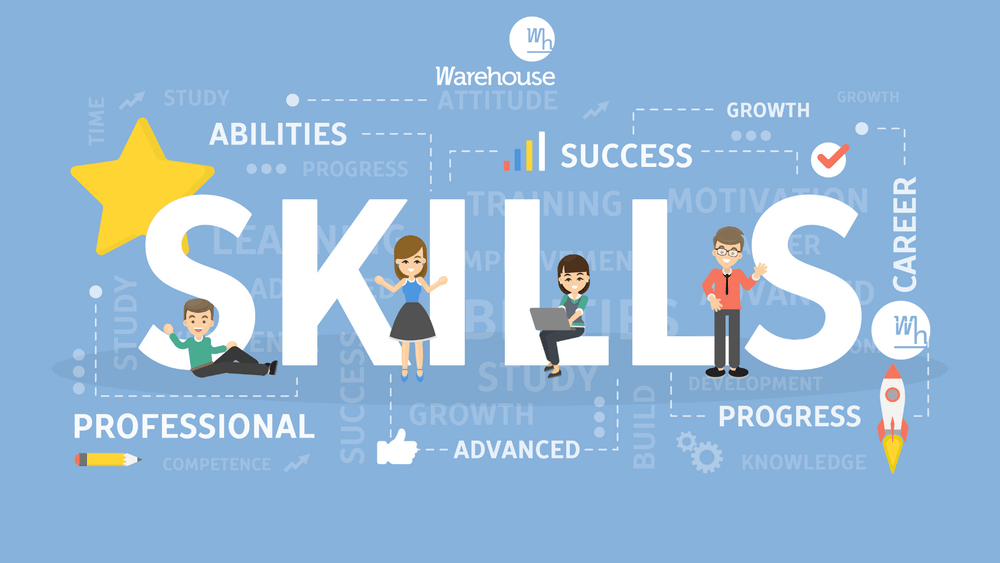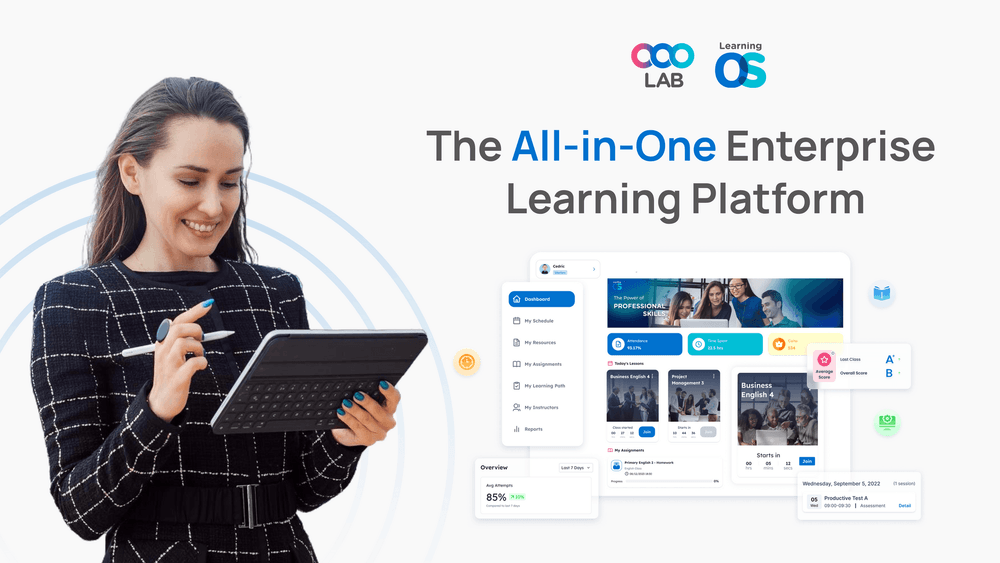

In a world driven by rapid technological advancements and ever-evolving workplace demands, understanding an employee's skill set is crucial for maintaining a competitive edge. Skill Quotient (SQ) is an innovative metric that provides insights into the skills and competencies of individuals within an organization. By measuring SQ, businesses can identify skill gaps, tailor training programs, and optimize workforce performance. This blog explores the concept of SQ, the metrics used for its measurement, and the strategies for ensuring accuracy.

Skill Quotient (SQ) is a quantifiable measure of an individual's proficiency in specific skills, encompassing both technical and soft skills. It reflects not just what employees know but how effectively they can apply their knowledge in real-world scenarios. Unlike traditional assessments that focus solely on qualifications, SQ provides a dynamic view of an employee’s capabilities, adaptability, and growth potential.
For example, an individual with a high SQ in project management might exhibit a strong grasp of methodologies like Agile, coupled with exceptional communication and organizational skills. The SQ framework helps companies focus on performance-driven growth rather than static credentials.
The rise of Enterprise LMS (Learning Management Systems) has significantly transformed how SQ is measured. Modern LMS platforms integrate tools for sales training, skill assessments, and analytics, offering organizations a streamlined approach to evaluating and developing their workforce.
>>> Read more: Skills as the Key to Success in a Rapidly Evolving Workforce
>>> Read more: What is an Enterprise LMS
>>> Read more: Customization Options for Enterprise LMS
>>> Read more: Common challenges when implementing an Enterprise LMS
>>> Read more: Enterprise LMS - revolutionizing corporate training and development
Accurately measuring SQ involves a range of metrics that provide comprehensive insights into an individual's skill profile.
Proficiency levels evaluate how well an individual performs tasks or demonstrates expertise in a particular domain. These levels, typically categorized as beginner, intermediate, advanced, or expert, are assessed through certifications, hands-on projects, or standardized tests.
For instance, in the IT sector, certifications like AWS Cloud Practitioner or Google Data Analytics are benchmarks for assessing proficiency levels. The higher the proficiency, the higher the SQ score in that area.
Knowledge retention measures how effectively individuals retain and recall information over time. This metric is critical for determining the lasting impact of training programs.
Periodic assessments and practical tests after training sessions are common methods to evaluate retention. Studies indicate that integrating reinforcement techniques, such as microlearning modules through an Enterprise LMS, improves retention rates by up to 60%.
Performance benchmarks compare an employee’s outputs against industry standards or organizational goals. Metrics like sales revenue, project completion rates, or customer satisfaction scores serve as tangible indicators of applied skills. For example, a sales professional who achieves 120% of their quarterly target consistently ranks high in SQ for sales performance (Source: Statista)
This metric evaluates the frequency and effectiveness of skill usage in the workplace. High application rates indicate that employees are actively leveraging their skills, contributing to productivity. Tracking tools integrated within Enterprise LMS platforms provide real-time data on skill application during tasks, projects, or team collaborations.
Learning agility gauges an individual’s ability to acquire and adapt to new skills quickly. This is particularly important in dynamic industries like technology or healthcare, where innovation is constant. Agility is measured through assessments that track the time taken to learn and apply new skills, as well as an individual’s openness to feedback and continuous improvement.
Book Free Demo with us. Bring your Training and Learning to a new height with LearningOS.

Ensuring the accurate measurement of SQ requires a combination of reliable tools, regular evaluations, and customization tailored to organizational needs.
Standardized tools, such as psychometric tests, competency frameworks, and assessment platforms like Enterprise LMS, are essential for consistent evaluations. These tools eliminate subjectivity and provide quantifiable data on employee skills.
Skills can depreciate over time if not practiced or updated. Regular assessments ensure that SQ reflects current capabilities. For example, scheduling biannual evaluations for technical certifications or quarterly skill reviews for sales performance ensures accuracy and identifies areas for improvement promptly.
Relying on a single method to measure SQ may lead to incomplete results. Combining quantitative metrics (e.g., test scores) with qualitative feedback (e.g., peer reviews) offers a well-rounded perspective. A recent study by McKinsey found that organizations using a blend of methods saw a 30% improvement in identifying high-potential employees.
No two organizations have the same skill requirements. Customizing SQ frameworks to align with business goals ensures relevance. For instance, a retail company might prioritize customer service and inventory management skills, while a tech firm may focus on programming and analytical skills. Tailored tools like Enterprise LMS allow businesses to design bespoke assessments and training modules.
Measuring skill quotient is more than just a technical exercise; it’s a strategic investment in workforce development. By focusing on key metrics such as proficiency levels, knowledge retention, and learning agility, organizations gain actionable insights into their talent pool.
Leveraging tools like Enterprise LMS ensures that the measurement process is efficient, accurate, and aligned with business objectives. When combined with continuous learning initiatives such as sales training, SQ measurement becomes a cornerstone for fostering a high-performance culture.
In a competitive landscape, the organizations that prioritize SQ will not only excel but also set the standard for innovation, adaptability, and long-term success.
At OOOLAB (pronounced 'uːlæb'), our mission is to make complex learning operations simple. We aim to positively impact the lives of over 1,000,000 learners and educators by the end of 2026.
OOOLAB's LearningOS provides educational institutions and corporate enterprises with an all-in-one solution to create and deliver engaging learning experiences.
We meet organizations' needs or support your growth. We provide undivided attention. We provide:
1. Dedicated success manager: We offer direct communication with a real human who'll discuss your enterprises unique learning operations and goals.
2. Personalized setup: Our team will help you transition to LearningOS on your schedule, one step at a time.
3. Around the clock support: Get help from us any time, and in any time zone.
We have recently launched a new AI training tool, Skill Quotient OS, designed to elevate hybrid training to new heights. It offers role-play exercises with scenarios and assessments.This tool can apply in sales training, corporate development and customer support training in any industry.
Reach out to us at: LinkedIn, FaceBook
1. What are the main benefits of LearningOS
Our platform is easy to use and automates all aspects of your learning operations. It efficiently manages complex tasks, allowing you to concentrate on delivering exceptional learning experiences.
2. What main features does LearningOS offer?
Our all-in-one software solution combines a Content Management System, a Learning Management System, content authoring tools, and a mobile friendly Learner Portal.
3. Can your platform be used for corporate enterprises?
Absolutely! LearningOS is an Enterprise LMS is a great fit for corporate learning. In fact, we have clients with up to 700,000 employees using LearningOS! Upskill your workforce by creating and assigning interactive eLearning content while effortlessly tracking employee progress.
4. Who currently uses your platform?
Our platform is currently used by over 120,000+ learners, parents, and employees across 21 countries worldwide!
5. What types of content options are available on your platform?
We offer ready-to-go curriculums for various educational purposes or our expert design team can build a custom course for you. We can also upload your existing learning materials and enhance them digitally.
6. What is unique about LearningOS?
Our platform, designed by educators for educators, provides you with all the tools you need to scale. Build and promote your own hybrid and blended learning courses and save money on licensing fees by owning your own proprietary content.
7. How can I get started?
Schedule a meeting with our experts and we’ll talk about how our platform can address your unique challenges and help to grow your business.